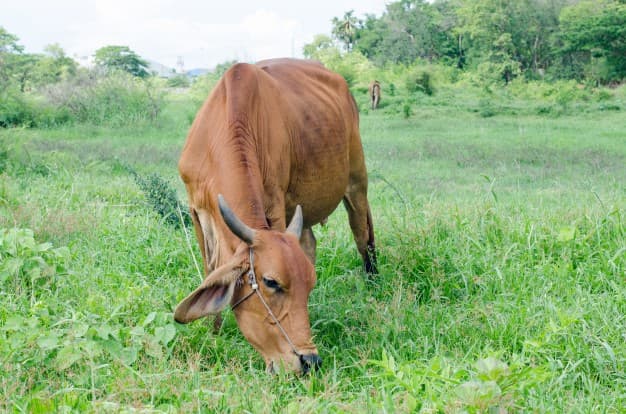Indigenous cow breeds and milk production

Cow and buffalo are reared in our country for centuries for milk production. If you are also involved in the business of animal husbandry, then from here you can get information about some advanced breeds of indigenous cow. Along with this, from here you can get information about the identification and milk production of indigenous cow.
How to identify indigenous cow?
It is very easy to identify a native cow. Indigenous cow breeds have humps. If a cow has a hump, then understand that that cow is one of the indigenous cow breeds.
Some Improved Breeds of Indigenous Cow
-
Gir Breed: The origin of this cow is in a forest in Gujarat named Gir. Due to being found in this forest, this breed was named after the forest. This variety is considered to be the most milch cow among the indigenous cow varieties. This variety of cow gives 50 to 80 liters of milk per day. Due to high milk production, this breed is also in demand abroad. This type of cow is most commonly reared in Israel and Brazil.
-
Sahiwal Breed: This is the best breed of indigenous cow. This type of cow is mainly found in Haryana, Uttar Pradesh and Madhya Pradesh. This cow gives 2,000 to 3,000 liters of milk per year. Once a mother becomes a mother, this cow gives milk for about 10 months.
-
Red Sindhi Breed: This type of cow is red in colour. A cow of this variety produces 2,000 to 3,000 liters of milk per year. The cow of this breed was earlier found only in Sindh area. It is now also found in Punjab, Haryana, Karnataka, Tamil Nadu, Kerala and Odisha.
-
Haryanvi Breed: This white colored cow is mainly found in Haryana, Uttar Pradesh and Rajasthan. The milk of cows is good, along with this, bulls of this breed do good work in agriculture.
-
Rathi Breed: Due to high milk production, cows of this breed are reared. A cow produces 6-8 liters of milk per day. Cow of this breed is found in some areas of Rajasthan like Ganga Nagar, Bikaner and Jaisalmer.
Read also:
-
Get information about balanced diet given to animals from here.
We hope that the information given in this post will prove to be important for you. If you liked this information then please like this post. Also share this post with other friends. Ask us your questions related to this through comments. Stay connected with the countryside for more information related to agriculture.
Please login to continue

Get free advice from a crop doctor
